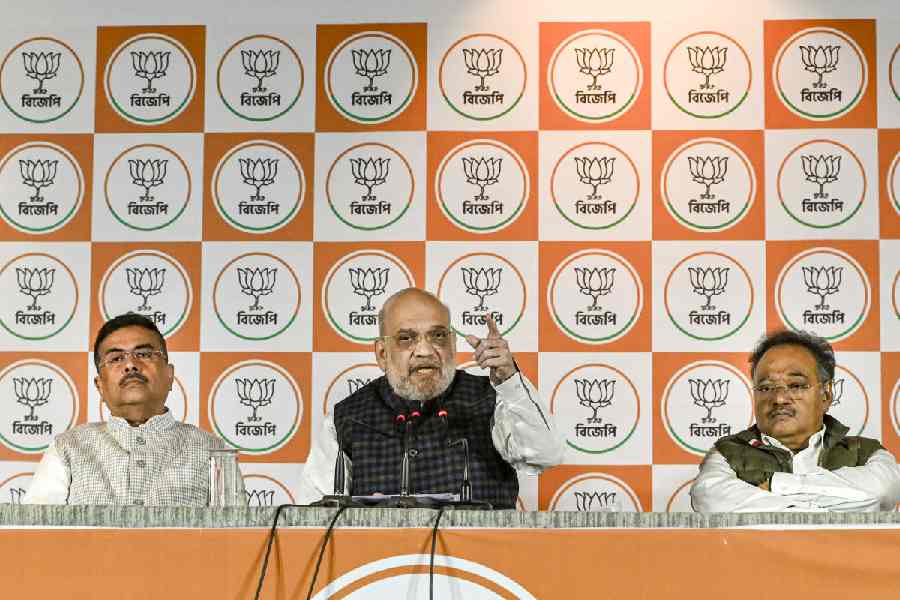My first brush with punks was laced with fear. This was years ago in Stockholm where I was researching the consumption habits of wealthy nations. On the street that I had to take from my boathouse lodging on the placid waters of Lake Malaren to the office of an environmental group, there was a pub frequented by punks. Perhaps it was their fluorescent mohawks, tattooed arms and military-style boots, coupled with a dictionary-fed idea that punk can mean aggression and violence, which led me to take a circuitous detour. The loss was mine.
In the years since, I have encountered this brilliant subculture through inspired literary genres such as steampunk and cyberpunk till recently my climate writing and activism introduced me to solarpunk, which is one of the more forward-looking genres of fiction (and practice) that engages with the Anthropocene.
How do “punk” and “solar” connect? Just as in cyberpunk where neon-lit cyberworld settings exist within contexts of rebellion and anarchy or steampunk, where often Victorian technologies such as steam frame alternate histories, solarpunk is also infused with the spirit of rebellion and the quest for alternatives. This effort to engage and re-imagine the status quo is where the punk of solarpunk comes from. But instead of cyberpunk dystopias or the problematic techno-nostalgic visions of steampunk, solarpunk both in its aesthetic and activism imagines a better alternative — a better future for the planet.
So solarpunk in simple terms is a utopian aesthetic and movement which challenges all systems of production and consumption that are leading the world towards multiple crises, from climate change to species extinction. The “solar” in its name not only signifies the use of solar and renewables but also alludes to the light of a better tomorrow.
It is often difficult to pinpoint the beginnings of an evolving movement like solarpunk but according to writer and solarpunk publisher Sarena Ulibarri, the term first made its appearance in an anonymous blog post in 2008. Four years after this the first anthology of solarpunk fiction was published by the Brazilian editor Gerson Lodi-Ribeiro.
Let me return to my story. As I continued to balance my fiction writing with the work of a climate activist through the first and second decades of this millennia, I had begun to notice how fiction genres had been transforming in response to the unprecedented challenges of the century, topmost of which would be climate change.
The arrival of solarpunk in literature and art can be perceived as a resistance to the dystopian turn that fiction had taken in response to the planetary crises. In my own novel, The Butterfly Effect, I had imagined such a climate-ravaged eco-dystopian setting but soon enough realised the importance of solution-focussed, hopeful imaginaries of the future.
During this time I met the German researcher Christoph Rupprecht at a conference in Hong Kong. Christoph was planning to put together an anthology of solarpunk stories from Asia-Pacific and soon we had a team of five editors. In a year we put together a collection of magical and hopeful solarpunk stories about a boy and a mammoth trekking across Asia looking for kin, dolphins teaching humans empathy, a science-fair project transforming into something marvellous, a genetically-modified super soldier looking for new purpose in a peaceful future among others plots.
Transformative futures and not the neutral posture of hope is what solarpunk is really aiming for. The wellknown science-fiction writer and publisher Francesco Verso tells me, `I don’t really believe in “hope” as an element to inspire change: hope is a heteronomous force, something that depends on external conditions. So I prefer to use a “practical example” to inspire changes in beliefs and trigger action.’
But what are the solutions and visions that define solarpunk? In the sphere of practice, solarpunk stresses on decentralised action and community experiments rather than grand one-size-fits-all ideas to change the world. Powering it on are concepts and practices like mutuality, cooperation, ingenuity, sustainable technologies, frugal engineering ( jugaad), the commons, regenerative farming and multispecies justice working in tandem to give shape to a better tomorrow.
Solarpunks believe in taking small steps to make a difference. In their writing and politics we find elements of the Gandhian vision of Gram Swaraj, ideas found in Small is Beautiful of Schumacher, Peter Kropotkin’s thoughts among other philosophical wellsprings nurturing a diversity of efforts to make the world a better place.
Sayantani Sengupta, a solarpunk researcher and DIY enthusiast, teaching at NSHM Calcutta says, “I try to take small steps in my everyday life that align with the solarpunk vision. A few months back, I came across a video on ‘seed bombs’ and ‘guerrilla gardening’ and got inspired to make seed bombs with my friends and drop them in the abandoned areas nearby.”
Any survey of solarpunk won’t be complete without mentioning the eye-catching imagery of futuristic buildings wrapped with green vertical gardens, solar powered transport and verdant cityscapes embellished with the swirling forms of an art nouveau aesthetic that have become emblematic of this movement.
Ulibarri is now working on her fifth anthology of solarpunk fiction titled Solarpunk Creatures. In an email I ask her whether she thinks this movement of decentralised activism and imagination will one day deliver utopia. “On its own, certainly not,” she writes back, but “as part of a larger trend of shifting both imagination and action from the focus on negative inevitabilities to positive possibilities, I think solarpunk has the potential to inspire our path toward better futures.”
Chaudhuri is a fiction writer and activist










